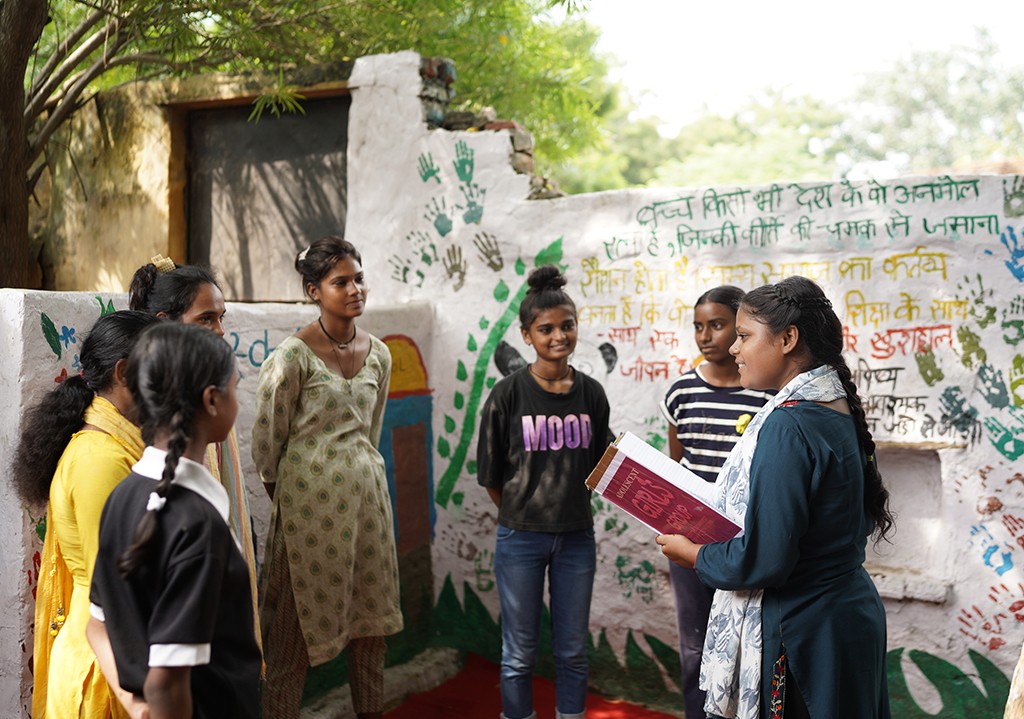Illustration: Dominic McKenzie/The Observer
Earlier this year, the Minister of State for Electronics and Information Technology, Rajeev Chandrasekhar, announced a revamp of the decades-old Information Technology Act, 2000, in the form of the Digital India Act, 2023. The highlight of this overhaul was the emphasis on cyber security, whereby the new law would address “new complex forms of user harms” such as catfishing, doxxing, trolling, and phishing.
It is safe to believe that one of the several reasons prompting a rework of the law is the spike in the number of children having access to and spending time on the internet. Both India and countries across the globe are experiencing rapidly growing presence of children online. While this growth did open a world of opportunities for learning, it also made children more vulnerable to exploitation online. Post the pandemic, McAfee, an internet security company, released an insightful report titled “Life Behind the Screens of Parents, Tweens, and Teens.” This study found that while the US has the highest rate of cyberbullying, India had the highest exposure to online risks and some of the earliest mobile maturity.
Owing to numerous reports, studies and findings it is now clear as daylight that increased and unbridled access to online platforms and social networking sites has resulted in increased cybercrime against children and jeopardized their safety.
To combat this burgeoning menace, the Government of India has taken proactive measures, as witnessed in the form of
- Implementing a project called “Cyber Crime Prevention Against Women and Children (CCPWC)” through the Nirbhaya Fund.
- Establishing a National Cyber Crime Reporting Portal (cybercrime.gov.in)
- Establishing a toll-free number 1930 (previously 155260) that provides assistance in filing online cyber complaints.
- Establishing the POCSO e-Box.
On the personal front, here’s what parents and teaching institutions can do safeguard children from the potential threats online.
1. Make children aware of potential online risks
A child must be educated that in the event of online bullying, parents and school administrators do have the authority to put a stop to it. The definition and extent of cyber bullying must be made abundantly clear to children so they have no ambiguity or fear when reporting it. Following it, children must also be made aware of where to lodge a complaint.
2. Set up personalized safeguards on children’s devices
Parents must begin by familiarizing themselves to their child’s devices, and go on to utilizing and personalizing the in-built privacy and security settings of the device. Turning on parental controls is one way of going about ensuring safety; some other methods include using child-friendly sites and search engines, setting up a kid’s profile, and turning off location services in all apps.
3. Supervise child’s online activity
If screen time is made less private and more open in the home, children are more likely to use their digital devices judiciously. Watching your young child while they’re using their phone, tablet or computer, or playing online games together and learning about their watch habits is not only a good bonding exercise but also helps keep track of safety on the web.
4. Harbour a safe space for conversations
Using simple and basic language to explain the possible bad experiences on the internet is one aspect; the other aspect is to harbour a safe space for children to share incidents of bullying and exploitation openly. One can begin by defining in plain terms what’s okay to share and what’s not. Follow this up with by sharing helpline numbers of redressal forums.
5. Educate about children about Internet etiquette
As much as protecting children from predators online and enlightening them about the right and wrong things to share is important, it is also crucial to educate them about being kind and mindful of their behaviour online. In a sea of hateful comments, it is only natural for children to feel the urge to join in the chorus or at least normalize this behaviour. This is where parents and teaching institutions can step in and change their course of thinking, by inculcating the habit of kindness and empathy.







